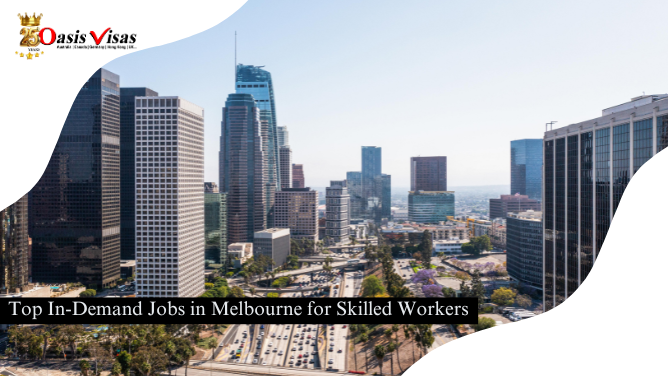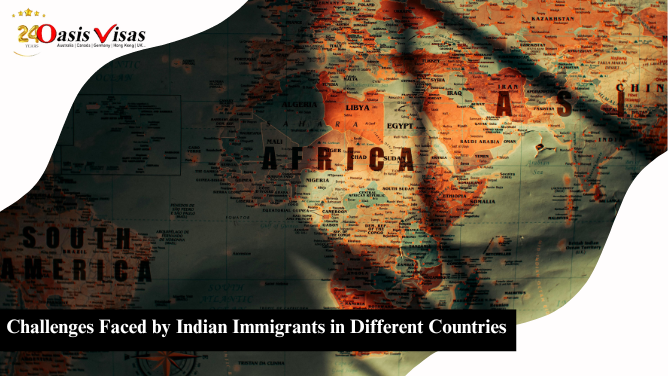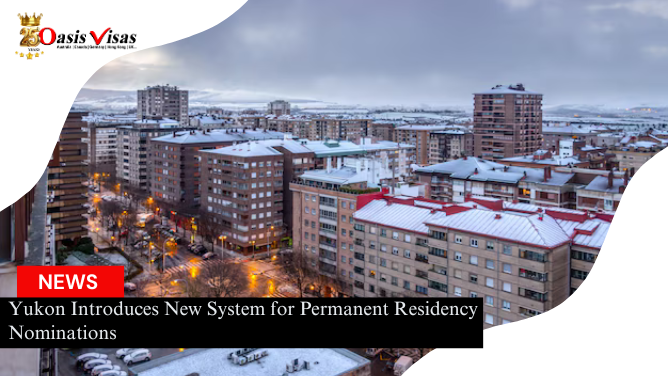
Indian immigrants have made waves across the world by their contribution to the economies and cultures of their adopted countries. However, the journey is most certainly embroiled in a number of challenges faced by Indian immigrants. The kind and form of these obstacles differ from country to country, but a host of Indian immigrants face some common struggles: cultural assimilation, employment issues, and the legal systems of new homes. Here’s a look at some of the challenges faced by Indian immigrants in different countries.
8 Reasons That Challenges Faced By Indian Immigrants
1. Cultural Assimilation
Cultural assimilation is one of the biggest challenges faced by Indian immigrants. Adapting to the new culture while preserving one’s identity is a tightrope walk. The process can be more complicated in those countries or areas that offer very different social norms and ways of life.
Indian immigrants in western countries, such as the United States and Canada, are in the struggle of cultural differences in everyday lifestyle and workplace environment. The agony in their life is added to by the existing nuisance in social interaction within the workplace. For example, a little less formal nature by the other than Indian peoples of the professional world in these countries has proved to be a problem to them.
However, in countries such as the UK and Australia, where the Indian population is greater, although there might then be a greater degree of acclimatization to the culture, there is the difficulty of becoming part of mainstream society and brushing off any stereotype or bias attached to being Indian.
2. Employment and Career Advancement
Employment is yet another major challenge. An Indian immigrant often has a difficult time trying to have his qualifications and work experience recognized in the new country of residence. Many have seen the need to revalidate or seek further certifications for credentials in medicine, engineering, or finance.
For example, immigrants in the United States often have difficulties obtaining the appropriate licensure or certification that would allow them to practice their profession. This causes them to be either unemployed or underemployed for considerable lengths of time. Similar experiences can be found in Canada. Although the general case in the labor market is welcoming, sometimes the challenges faced by Indian immigrants in gaining full recognition of experience and qualifications gained elsewhere in the world, simulating effects of career stagnation.
For people working in sectors such as construction or even in the hospitality sector, the challenge revolves around job insecurity and the lack of respect for workers’ rights. Indian immigrants in these areas may suffer some problems on employment contract issues, working conditions matters, and sometimes wages payments disagreements.
3. Language Barriers
Language can be both a barrier and a bridge. Whereas a lot of people speak or understand English in numerous countries, proficiency and accents cause certain barriers. In cases of non English speaking countries, such as Germany or France, language proficiency in the language is important, not just in pursuing professional assimilation, but also personally.
Indian immigrants to these countries usually have to go through special language training to be able to speak the language in social and professional settings. This is tiresome and can be very involved for a few who must learn to speak the language in a short period to either be able to remain in employment or to get a job.
4. Legal and Immigration Issues
Stumbling blocks are generally the immigration laws and regulations. Indian emigrants often legally have to face a series of complicated procedures in respect of visas, work permits, and resident requirements. Each country has its rules, and it becomes hard to keep track of the rules that seem to change with every wind.
It’s an extremely long and tortured process in the United States, with a number of visas and green cards taking years to come through. It is also difficult to keep within the legal status for people there on working visas and to understand the conditions attached to them. Although the immigration systems in countries like Australia and Canada are pretty straightforward, the process to a permanent residency or citizenship is quite arduous and very competitive.
5. Social Integration and Isolation
Social integration may be particularly challenges faced by Indian immigrants. It often becomes a challenge to establish new friends and a social life in a foreign country. Very often, the potential for a lack of integration may develop into a challenge to mental well being.
Indian immigrants in small town or rural settings will find even less community support and social network systems for themselves. Indian immigrants in large metropolitan areas may paradoxically seem more isolated than in mid size cities, such as Boston, even with all the diversified communities available.
6. Educational and Family Considerations
For families, especially those with children, educational systems and childcare can have their own set of challenges. It is quite natural to have a learning curve, both for the parents and the children, in understanding and adapting to the educational systems of different countries. Indian families, in countries with fiercely competitive education environments, may feel the pressure to keep alive the aspirations of the kin besides finding out a new schooling system.
It is important to take note that family immigrants face health and childcare issues and also the transition to a whole new lifestyle. Coping with a family with its needs and personal transition is so stressful.
7. Financial Management
Some of the associated challenges with financial management are the adaptation of the cost of living in a new country. Indian immigrants may experience different banking systems, tax laws as well as living costs. The burden of financial requirements during immigration, coupled with possible underemployment or unemployment during the initial settlement, furthers the burden of becoming accustomed in a new environment.
8. Negotiating and Dealing with Discrimination and Bias
Very unfortunate discrimination and bias are, because this is the first reality that most challenges faced by Indian immigrants. Such experiences, even if overt or subtle, often affect one’s sense of belonging and integration. It may even affect employment opportunities, social interactions, and quality of life in general.
Even though Indians, making enormous impact in their adopting nations, are faced with many challenges, the globe over, from assimilation of culture and employment barriers up to the legal processes and social integration, it requires a lot of resilience. Through the acknowledgment and extending of support, both communities and governments can mostly support in the easing of transition for the Indians in order to enable them to develop and bring talents and skills into the nations.











